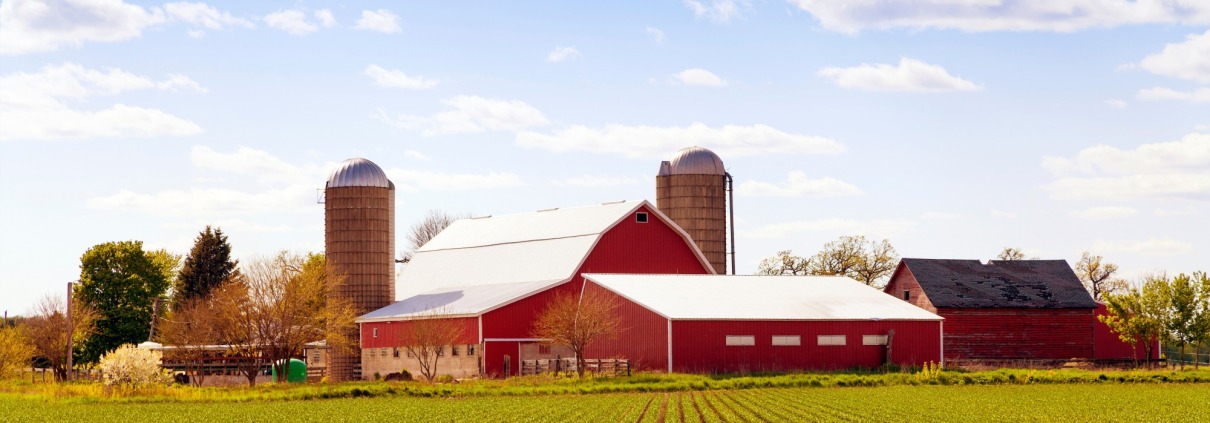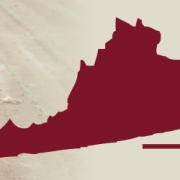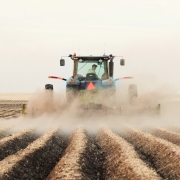Details and Impact of the Current US Farm Bill
The most recent farm bill was enacted into law in December 2018, and is currently up for debate in Congress. With rising costs of food, as well as increased production costs for farmers, many people in the Shenandoah Valley are paying close attention to the development of the 2023 Farm Bill.
In this post we’ll give an overview of the diverse array of programs found within the Farm Bill, from nutritional assistance to loan subsidies. We’ll also take a look at what changes could be in store for the 2023 Farm Bill, as congress continues to discuss and develop it in the coming months. But before we delve into that, let’s start with the basics.
What is the Farm Bill?
The Farm Bill is a comprehensive package of agricultural laws and programs, the first of which was passed in 1933 as part of the New Deal, and called the “Agricultural Adjustment Act,” designed to provide commodity price controls and support for farmers, to keep our food system resilient. Since then, a new bill has been passed every five years. Today, the Farm Bill houses a multitude of farm and food programs designed to not only support farmers, but also provide funding for nutrition (SNAP, Supplemental Nutrition Assistance Program, is the largest portion of the farm bill), as well as for compensation for conservation efforts by farmers, and farm and ranch disaster relief.
Revision and reauthorization of the Farm Bill is essential for many programs, including nutritional assistance and commodity support, to continue to be funded. However, other aspects of the Farm Bill, including federal crop insurance, would remain on the books, regardless of whether or not a specific reiteration of the farm bill is approved.

What does the Farm Bill Fund?
Three-quarters (75%) of the Farm Bill is devoted to SNAP, providing funding to help feed more than 42 million people, including 1 in 5 children in the U.S. The remaining 25% of Farm Bill funds are allotted for the following uses:
Crop Insurance (9%)
Federal crop insurance is largely paid by farmers through premiums, with subsidies provided through the Farm Bill. While the 2018 bill added more coverage for small and new farmers, many are arguing for more equity and accessibility in the 2023 Farm Bill, especially for farmers with diversified agricultural enterprises.
Commodity Programs (7%)
The main commodity programs include Price Loss Coverage (PLC), Agriculture Risk Coverage (ARC), and the Marketing Assistance Loan Program. As the USDA explains, “The Agriculture Risk (ARC) and Price Loss Coverage (PLC) programs provide financial protections to farmers from substantial drops in crop prices or revenues and are vital economic safety nets for most American farms.” Virginia currently has approximately 642.3k Agriculture Risk Coverage (ARC) and 503.4k Price Loss Coverage Acres enrolled.
The Marketing Assistance Loan Program, on the other hand, lets farmers use eligible commodities that they have produced as collateral to secure government-issued commodity loans.
Conservation (7%)
Because agricultural enterprises can have a huge environmental impact, and because farms themselves benefit immensely from efforts that conserve and protect soil, water, and air, the Farm Bill also allocates a significant portion of its budget to conservation efforts, through programs through the National Resource Conservation Service (NRCS). These programs support farmers and ranchers who adopt conservation practices while balancing productivity and conservation benefits. Additionally, NRCS programs aim to make farming opportunities more equitable by increasing access to both land and financial resources for young, beginning, veteran, and underrepresented farmers.
Other (1%)
The remaining 1% funds a large number of other popular USDA programs. These include:
- USDA direct and guaranteed loans to farmers and ranchers
- USDA rural development programs, including loans
- Agricultural research and extension programs
- Forestry management programs run by USDA’s Forest Service
- Renewable energy development programs for farms and communities
- Support and regulation for specialty crops (including hemp), USDA-certified organic foods, and locally produced foods
- Programs and assistance for livestock and poultry production
- Support for beginning farmers and ranchers
What is not covered by the Farm Bill?
While the Farm Bill is the most comprehensive piece of farm legislation in the US, it certainly doesn’t cover every regulatory aspect of agriculture, food production, or nutritional support. The following are just a few items not covered by the Farm Bill:
- Farm workers’ rights and protections
- FDA food safety
- WIC program
- Renewable fuels standards
- Irrigation water rights
- Clean Air Act/Clean Water Act
What are lawmakers’ priorities in 2023?
As the next reiteration of the Farm Bill is being debated and discussed, there are certain concerns that rise to the forefront. Many priorities have been made evident through recent congressional and senate hearings, including increased access to programs and more support for small and mid-sized farmers, greater investment in rural communities, and continued support of nutritional support and conservation programs. Let’s take a closer look at these areas of focus.
Improved Access to Farm Bill Programs and More Support for Smaller Farmers
While 89% of US farms are small farms, funding provided through the farm bill is notoriously harder for small farms to access, and many smaller farms struggle to make ends meet. In fact, only 41% of small farms turn a profit each year, with 64% working an additional job.
In her opening statement at the hearing on Commodity Programs, Crop Insurance, and Credit for the 2023 Farm Bill, U.S. Senator Debbie Stabenow, Chairwoman of the U.S. Senate Committee on Agriculture, Nutrition, and Forestry, explained how the next Farm Bill can help small and beginning farmers. She pledged to “continue to focus on expanding and strengthening crop insurance for all farmers,” as well as improve accessibility to “loans, micro loans, and training to help new farmers get started in agriculture” emphasizing that “these programs need to be accessible and equitable to work for all farmers–from major commodities, to specialty crops, to dairy and livestock and everything in between.”
Fund and Expand Existing Conservation Programs
On Mar 1, 2023, Terry J. Cosby, Chief of the Natural Resources Conservation Service (NRCS), testified before the Senate Committee on Agriculture, Nutrition and Forestry, presenting the success of the 2018 Farm Bill in its voluntary conservation programs that work to preserve private lands and protect ecosystems and waterways, and arguing for the continued funding of NRCS programs. Cosby provided many examples of the bill’s successes at conserving natural resources and combating climate change, including the reduction of “more than 27 million metric tonnes of CO2 equivalent (MMTCO2e) in estimated emissions” in 2020.
In 2023, additional funding and support for these conservation programs will likely be a top priority for many members of congress. As House ranking member David Scott explained in press release previewing Farm Bill Priorities, “Our farm bill conservation title programs are oversubscribed, and we need to increase the available technical assistance to work with our agriculture producers.”
Provide Support for Rural Communities
As the National League of Cities points out, “a significant portion of Farm Bill provisions are tailored to help underserved rural and small communities” via the Rural Development Title, which funds water and wastewater, energy, broadband, and electric infrastructure programs.
So why is rural support so integral to the Farm Bill? Firstly, 1 in 5 Americans live in rural areas, where infrastructure, from roads to broadband access, falls significantly behind urban and suburban regions. Additionally, agriculture plays a crucial role in the success of communities. In their recent post, Farm Bill 101, Farm Aid explains: “over half of all new jobs created in deeply rural areas come from small business ventures, and most rural areas are dependent on agriculture as a large sector that drives their local economy.” Not only do these regions desperately need revitalization efforts, the Farm Bill makes a logical vehicle for them.
Maintain Support of SNAP
With the rollback of pandemic-era increases in SNAP benefits, many are looking to the Farm Bill for continued or expanded support of these highly-used public assistance programs. In Virginia alone, over 809,000 individuals receive nearly 60 million meals each year via SNAP.
Heated debate is expected over SNAP benefits, including employment requirements in addition to the monthly benefit amount. However, with inflation driving the cost of food prices, it is unlikely for benefits to be cut—and most Americans prefer an expansion. Many influential agricultural organizations have also come out in support of maintenance of SNAP benefits, including the National Association of State Departments of Agriculture (NASDA) and the American Farm Bureau Federation.
How F&M Bank Can Help Support Your Virginia Farm
As a trusted agricultural partner, F&M Bank strives to support farmers throughout Shenandoah Valley, helping them find the right financing to maintain and grow their operation, as well as offering the essential products and services to manage their day-to-day farm business banking needs.
Whether you’re just starting your farm or have been farming for decades, our experienced banking associates can work with you to navigate national farm policy changes and develop financial management solutions that keep your agricultural business running smoothly and efficiently, no matter what. Visit one of our locations today to see what we can do for you!









